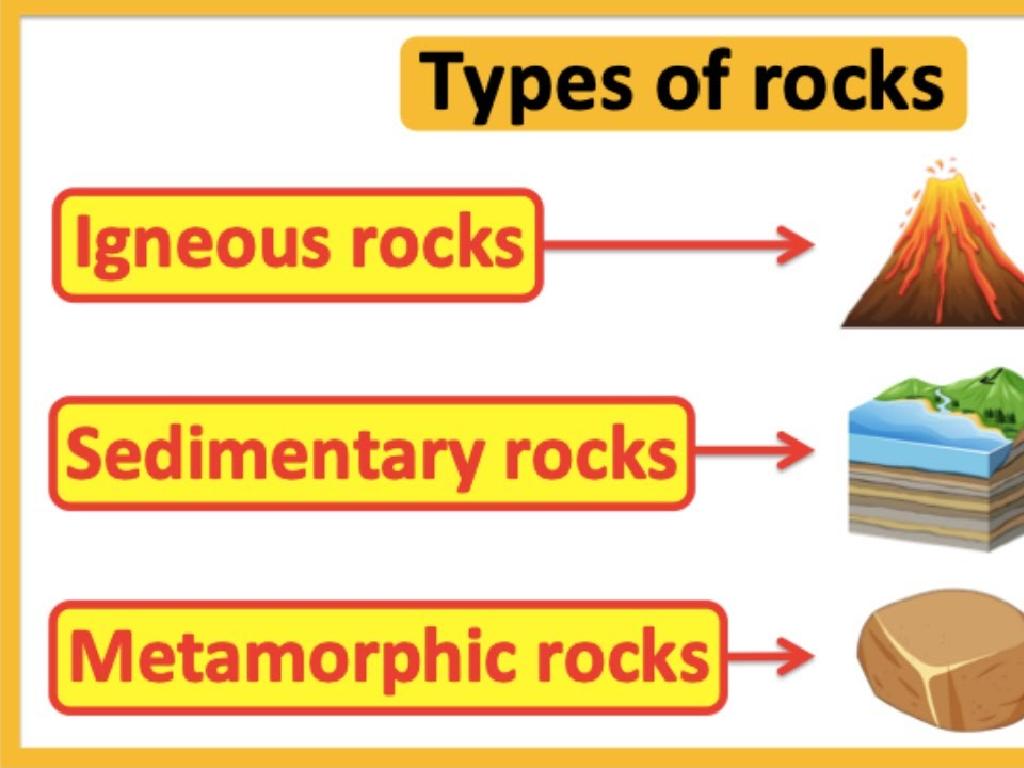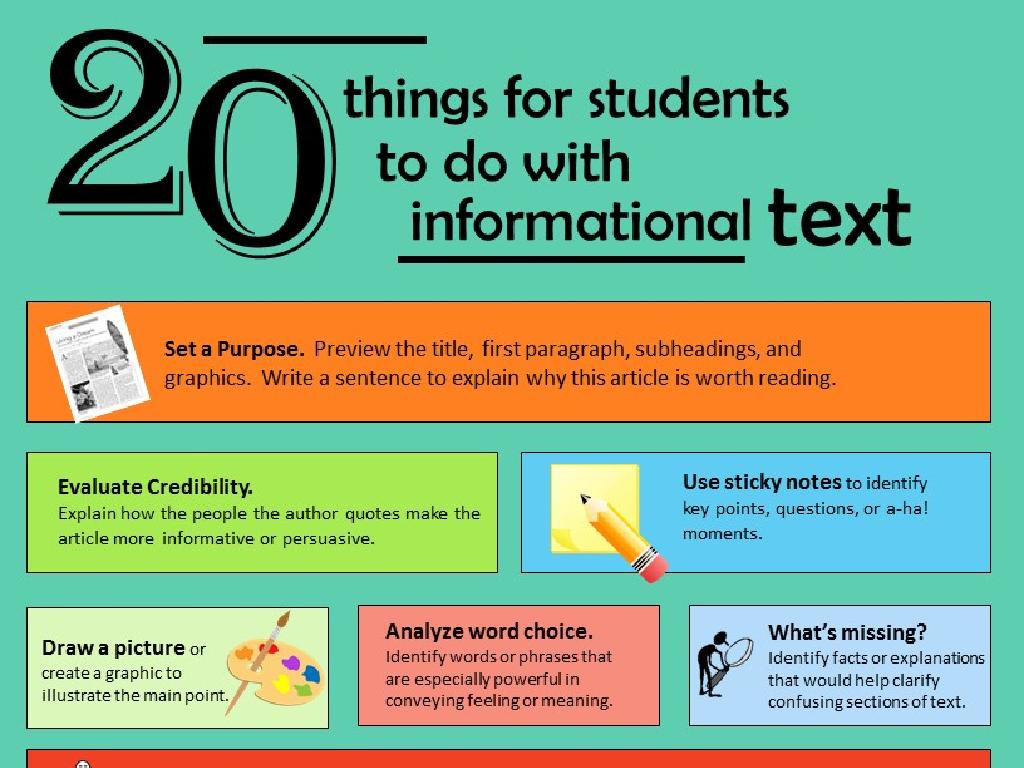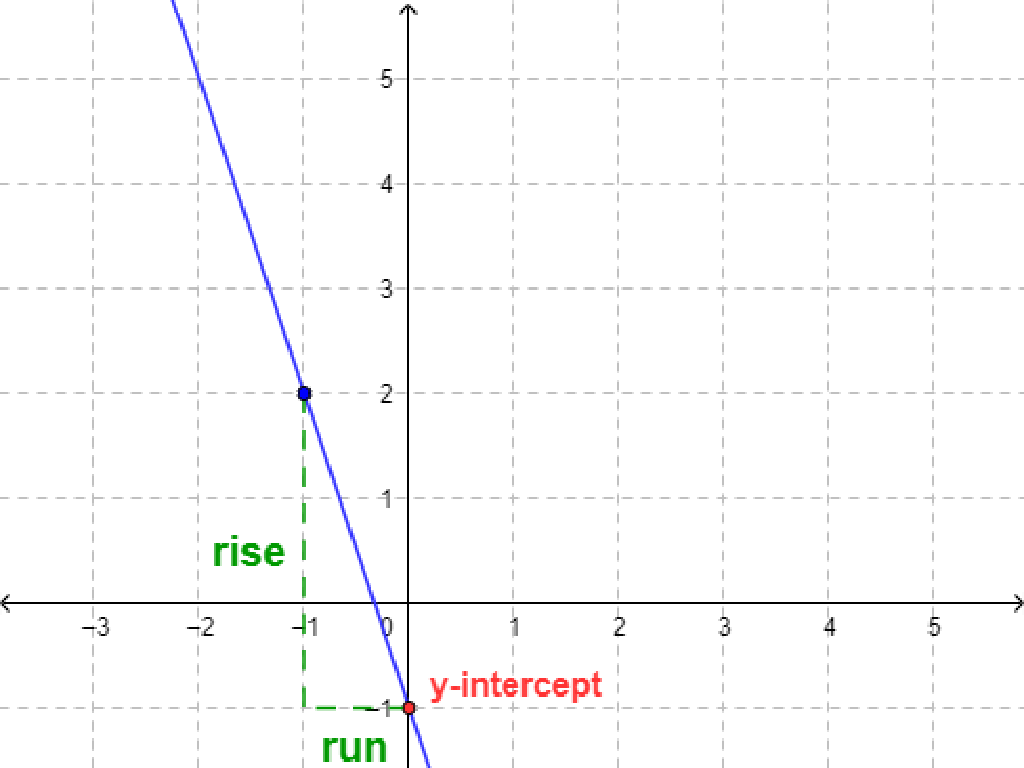Divide Using Partial Quotients With Remainders
Subject: Math
Grade: Fourth grade
Topic: Divide By One-Digit Numbers
Please LOG IN to download the presentation. Access is available to registered users only.
View More Content
Introduction to Division: Partial Quotients
– Division means sharing equally
– If we have 10 apples and 2 friends, how many apples does each get?
– Review basic division facts
– Quick recall of simple divisions like 8 ÷ 2 or 9 ÷ 3
– Today’s goal: partial quotients
– We’ll break down a large division into easier steps
– Understanding remainders
– Sometimes division doesn’t split evenly, that’s a remainder
|
Begin the lesson by explaining division as a method of sharing things equally among a certain number of people or groups. Use relatable examples like sharing apples among friends. Recap basic division facts to ensure students are comfortable with simpler problems before introducing the concept of partial quotients. Today’s objective is to learn how to divide larger numbers using the partial quotients method, which simplifies division into a series of smaller, more manageable steps. Emphasize that sometimes numbers don’t divide evenly, and we end up with a remainder. Provide examples and prepare to demonstrate the process step-by-step in the following slides.
Understanding Partial Quotients
– Partial quotients: step-by-step division
– It’s like solving a puzzle, piece by piece
– Break down division into easier steps
– Think of it as sharing cookies with friends
– Example: Solve with partial quotients
– Divide 49 by 4: Start with 10×4, subtract from 49, repeat
– Practice: Find remainders using partial quotients
– Remainders are what’s left over after sharing
|
This slide introduces the concept of partial quotients, a method that simplifies division by breaking it down into manageable steps. It’s important to explain that this method helps students divide large numbers by focusing on smaller parts of the problem, much like how one would approach a puzzle. Use an example, such as dividing 49 by 4, to illustrate the process: start by seeing how many times 4 can be multiplied to get close to 49 without going over, subtract this from 49, and repeat until what’s left is less than 4. The remainder is what cannot be evenly divided. Encourage students to practice with different numbers and to understand that the remainder is an essential part of the result when a number cannot be divided evenly.
Understanding Remainders in Division
– What is a remainder?
– Leftover part after division
– Occurrence of remainders
– When a number doesn’t divide evenly
– Real-life remainder scenarios
– Sharing cookies leaves some extra
– Practice with examples
– Divide 13 by 5, what’s left?
|
This slide introduces the concept of remainders in division, which occurs when a number cannot be evenly divided by another. It’s crucial for students to understand that remainders represent what is left over after dividing. Use relatable examples, such as dividing a set of cookies among a group of friends, to illustrate when and why remainders occur. Encourage students to think of remainders as a part of everyday math, not just a classroom concept. Provide practice problems where students can apply their understanding of remainders by working through division problems that result in remainders.
Partial Quotients with Remainders
– Estimate divisor in dividend
– If 73÷4, estimate how many times 4 fits into 73
– Multiply, subtract, note quotient
– For 73÷4, 4*10=40, subtract from 73, write 10
– Repeat subtraction process
– Keep subtracting 4 from remainder until it’s too small
– Leftover amount is remainder
– If there’s a number left after subtracting, that’s the remainder
|
This slide introduces the steps for dividing using partial quotients with remainders, a method suitable for fourth graders. Begin by guiding students to estimate how many times the divisor can fit into the dividend. Then, have them multiply the divisor by their estimate, subtract it from the dividend, and write down the partial quotient. They should repeat the process of subtracting the product of the divisor and a new estimate from the remainder until the remainder is smaller than the divisor. The number that is left is the remainder. Provide examples and encourage students to practice with different numbers to gain confidence in this division method.
Let’s Practice Partial Quotients Together!
– Class example with guidance
– Teacher demonstrates division step by step
– Students suggest next steps
– Encourage students to participate actively
– Work through problem together
– Solve as a team, discussing each part
– Understand remainders
– Learn how to handle leftovers in division
|
This slide is designed for an interactive class activity on dividing using partial quotients with remainders. Begin with a teacher-led example, breaking down the division process into understandable steps. Encourage students to suggest what to do next, fostering a collaborative learning environment. Work through the entire problem as a class, ensuring that each student follows along and comprehends each stage. Emphasize the concept of remainders and how to interpret them in the context of division. The teacher should prepare several examples with varying levels of difficulty and remainders to cater to different student abilities. Possible activities include dividing objects into groups, using manipulatives for visual aid, and creating story problems that involve division with remainders.
Try It Yourself: Partial Quotients Practice
– Work on practice problems individually
– Attempt to solve using partial quotients
– Divide the number step by step, subtracting chunks
– I will assist and check your work
– Share your solutions and remainders
– Discuss how you got your answer and if there’s a remainder
|
This slide is for a class activity focused on individual practice of dividing using partial quotients with remainders. Students are encouraged to work independently on the problems provided to reinforce their understanding of the concept. As the teacher, you should circulate the room to offer assistance and assess each student’s grasp of the method. Pay special attention to their ability to break down the dividend into smaller, more manageable parts and subtract these ‘chunks’ to find the quotient and any remainder. After the practice session, facilitate a discussion where students can share their solutions and thought processes. This will not only help in addressing common misconceptions but also in celebrating successful problem-solving strategies.
Group Activity: Division Relay
– Split into small groups
– Each group receives division problems
– Solve problems using partial quotients
– Use partial quotients method with remainders
– First team to finish correctly wins
|
This activity is designed to encourage teamwork and practice the partial quotients method for division with remainders. Divide the class into groups of 3-4 students. Provide each group with a set of division problems that they must solve using the partial quotients method. Monitor the groups to ensure they are using the method correctly. The first group to complete all their problems correctly wins a small prize. This activity will help reinforce the concept of division and provide a fun and competitive way to engage the students. Possible variations of problems include different one-digit divisors and varying dividends to ensure a comprehensive understanding of the concept.
Review and Reflect: Partial Quotients Method
– Recap of today’s lesson
– Discussing our challenges
– Did we struggle with large numbers or remainders?
– Strategies to overcome difficulties
– Practice more problems, ask questions, or work in pairs
– Positive aspects of partial quotients
– Is it easier to break down the steps?
|
Today’s lesson focused on dividing using the partial quotients method with remainders. As we review, encourage students to reflect on what they’ve learned and to articulate any difficulties they faced. This could include dealing with large numbers or figuring out the remainders. Discuss as a class how we can address these challenges, perhaps by practicing more problems, asking for help, or working collaboratively. Also, invite students to share what they liked about the partial quotients method. Some may find it easier to understand than traditional long division because it breaks the process down into simpler steps. This reflection time is crucial for reinforcing the concepts learned and for building confidence in their mathematical abilities.
Homework: Mastering Partial Quotients
– Practice division at home
– Review partial quotient steps
– Divide, multiply, subtract, bring down next digit, repeat
– Parents may assist
– Bring questions to class
– Note any difficulties to discuss
|
This homework assignment is designed to reinforce the concept of partial quotient division with remainders. Students are expected to complete additional division problems at home to practice the steps learned in class. A reminder of the method: divide the number, multiply to estimate the quotient, subtract to find the remainder, and bring down the next digit before repeating the process. Encourage students to ask their parents for help if they encounter difficulties. It’s important for students to write down any questions or problems they have so they can be addressed in the next class. This will help ensure that all students are confident in using the partial quotient method.
Wrapping Up: Partial Quotients Division
– Congratulations on your hard work!
– Practice is crucial for division skills
– Regular practice helps you divide with ease
– Anticipate our next math journey!
– Keep exploring division problems
– Try more problems to strengthen your understanding
|
As we close today’s lesson on dividing using partial quotients with remainders, it’s important to celebrate the students’ efforts and progress. Emphasize the importance of consistent practice to become proficient in division. Encourage them to look forward to future lessons with enthusiasm and an open mind to learn more complex concepts. Provide them with additional division problems as homework to reinforce today’s lesson. Remind them that each math adventure builds on the last, and their growing skills are stepping stones to mastering mathematics.






